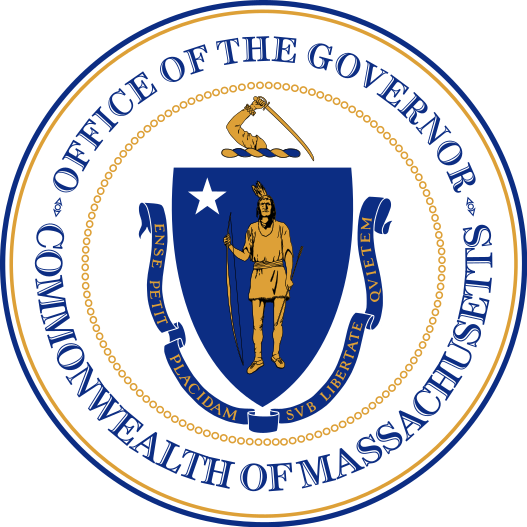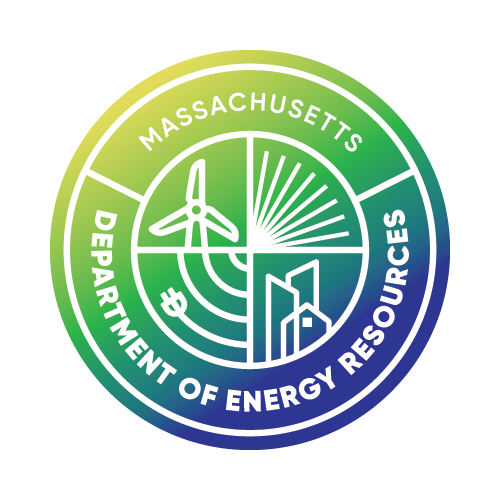- Governor Maura Healey and Lt. Governor Kim Driscoll
- Massachusetts Department of Energy Resources
Media Contact
Karissa Hand, Press Secretary
Boston — Today, the Healey-Driscoll Administration opened Massachusetts’ updated solar incentive program, Solar Massachusetts Renewable Target 3.0 (SMART). The newly redesigned program was released in June on an emergency basis ahead of the Trump Administration’s rollbacks of bipartisan solar tax credits to help bring more low-cost energy supply into Massachusetts. The incentive program is expected to reduce electricity costs by $300 million next year and will make it easier for companies to invest in Massachusetts.
“To drive down costs, we need more energy - and solar is the fastest, cheapest energy we can bring into Massachusetts” said Governor Maura Healey. “Massachusetts is open for solar business – applications open today.”
“Solar is a homegrown Massachusetts industry,” said Lieutenant Governor Kim Driscoll. “Thousands of our residents rely on solar for their livelihood and to power their homes. We’re ramping up our solar programs to get solar built affordably and in the areas of the state that need it the most.”
“On hot days and cold days, solar is keeping the lights on and powering our businesses. Solar is low-cost energy we can bring online quickly, and it plays a vital role in the reliability of our electric grid,” said Energy and Environmental Affairs Secretary Rebecca Tepper. “With SMART 3.0, we are revitalizing a successful program to lower costs for customers and boost our economy.”
“We are actively working to produce more homegrown clean energy, and strengthening our ability to build more solar is key to that. SMART 3.0 is agile and will respond to rapidly changing market conditions, provide our solar industry with stability, and keep residents employed,” said Energy Resources Commissioner Elizabeth Mahony. “This is how we lower costs for our residents and businesses and provide our region with ample, reliable power.”
DOER will begin accepting applications for the updated SMART program today. The program opening follows updated regulations that became effective on June 20, 2025 and were finalized on September 12, 2025. Program Year 2025 will offer 900 MW of available capacity in an effort to maximize projects that can participate in the SMART 3.0 program and take advantage of the federal Investment Tax Credit. This will lower costs for ratepayers and help to quickly add more locally generated to Massachusetts.
SMART 3.0 is a sustainable incentive program that will advance solar energy development in Massachusetts while being able to quickly respond to changing market conditions. The program provides a flat incentive rate for residential customers and enhanced incentive offerings for low-income households. SMART 3.0 includes strong consumer protection provisions to ensure best practices by solar installers, which will result in fair contracts and meaningful savings for consumers.
The program also takes an innovative approach to land use policy by establishing a mitigation fund that will collect dollars from large solar installations and use those funds to invest in conservation, biodiversity, and other programs targeted at protecting Massachusetts’ natural landscapes to offset the impacts of solar infrastructure. SMART 3.0 provides added incentives for canopy projects and those installed on landfills and brownfields, prioritizing projects in the built environment. The updated program uses a mechanism to respond to market change annually through robust economic analysis. This will allow DOER to adjust certain program components in response to project development, economic drivers, and overall program costs.
The updates increase equity in the SMART program. In addition to a higher incentive rate for low-income households, those customers can qualify through participation in other needs-based programs or through self-attestation. All community solar projects are required to enroll a minimum of 40% low-income customers. A minimum discount on community solar bill credits for low-income customers is also required. SMART 3.0 expands the low-income property definition to include homeless shelters, deed-restricted condos, and properties enrolled in other housing assistance programs. It also supports affordable housing. For every $1.00 of SMART incentive, there are $2.64 in additional financial benefits to affordable housing properties.
With its previous solar incentive programs, Massachusetts built a nation-leading solar industry, creating thousands of jobs and hundreds of businesses. Under DOER’s solar programs, more than 140,000 solar projects, representing more than 4 gigawatts DC of clean energy, have been installed in Massachusetts. This solar deployment has transformed how the New England electric grid operates, helping to keep the lights on and lowering prices for ratepayers.
Solar reduces the need to build transmission and distribution infrastructure, saving hundreds of millions – if not billions – of dollars that ratepayers would otherwise pay to maintain system reliability. During the summer, solar helps reduce peak demand and lowers energy costs and grid investment needs. During the winter, solar production helps avoid the use of scarce fossil fuel resources by other electric generators, which improves system reliability and lowers energy prices for all customers. And during the spring and fall, solar can provide a significant portion of the region’s energy needs and reduce the wholesale costs of energy for everyone. For example, during the afternoon of April 20, 2025, over 55% of the electricity demand on the New England electric grid was met by distributed solar facilities. Demand on the electric grid that afternoon reached an all-time low.
The redesigned SMART program is part of a broader initiative by the Healey-Driscoll Administration to lower energy bills for residents and businesses, and to bring more energy into Massachusetts. In March, Governor Healey announced the Administration’s Energy Affordability Agenda to identify and advance actions to lower energy bills, which will save about $6 billion over five years. In May, Governor Healey filed the Energy Affordability, Independence & Innovation Act, which will get charges off bills and bring more energy into the state. To drive more solar development, the legislation equips the state with a more authority to procure energy resources like solar and secure the best price as market conditions evolve, while still reducing ratepayer net metering costs. An independent analysis of the bill’s savings found it could save customers over $13 billion. On September 29, Governor Healey hosted a Solar Summit to convene solar developers, trade associations, and labor and policy leaders to identify actions Massachusetts can take to harness the potential of solar to lower costs and attract investment. And yesterday, the Governor called on the DPU to launch the first-ever comprehensive review to lower gas and electric costs.
For more information, visit the SMART 3.0 Program Details web page.
Statements of Support
Attorney General Andrea Joy Campbell:
“In response to consumer complaints received by my office, SMART 3.0 strengthens consumer protections by eliminating early termination fees and unreasonable cancellation delays for community shared solar customers. I am grateful to the Healey-Driscoll Administration for their partnership on this important issue. As the Commonwealth's ratepayer advocate, I will continue to advance clean energy solutions that support Massachusetts' clean energy goals while keeping affordability and equity top of mind for all residents."
Kate Daniel, Northeast Regional Director, Coalition for Community Solar Access (CCSA):
“The Healey-Driscoll Administration continues to show strong leadership in prioritizing solar as a solution to rising energy costs. The expansion and modernizing of the SMART program is an important step forward. We look forward to working with the DOER team to ensure projects can participate starting on day one, and that the program improvements translate into real, immediate benefits for all Massachusetts customers.”
Kris Sarri, State Director, The Nature Conservancy in Massachusetts:
“SMART 3.0 is a practical way to accelerate the rollout of much-needed renewable energy, while using solid science to influence siting for better outcomes for people and nature. We were pleased to collaborate with the state to help achieve a balanced approach that The Nature Conservancy stands for.”
Ben Underwood, Co-CEO, Resonant Energy:
“We applaud the thought and focus that the DOER has put into making the SMART 3 program work for affordable housing providers. By slashing electricity costs at a critical time, SMART 3 will help developers scale up production of the affordable, low carbon housing we need.”
###

